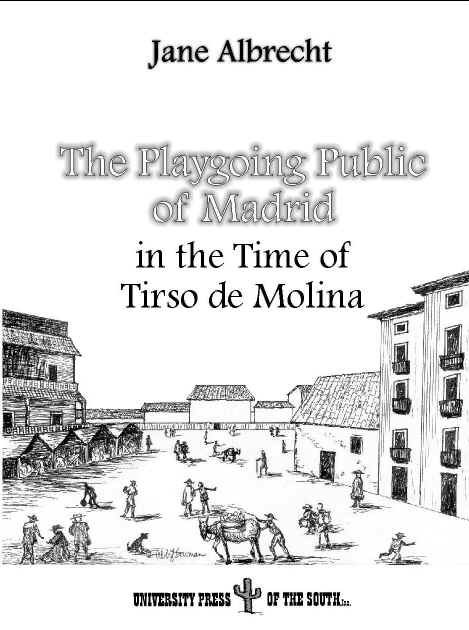The Playgoing Public of Madrid
in the Time of Tirso de Molina
by Jane W. Albrecht
(Wake Forest University, USA)

Madrid, capital of the most powerful country of the seventeenth-century Western world, vibrant and influential worldwide, grew tremendously in the first quarter of the century. Kings and queens, nobles, bureaucrats, soldiers, merchants, artisans, servants, pícaros and prostitutes were all drawn to Madrid. The theater of the seventeenth-century corrales was the most culturally-significant medium in the city, part of the union of powerful economic, political and cultural forces at work in Madrid as capital and court. Madrid was home to two public theaters, the Corral de la Cruz and the Corral del Príncipe, founded in 1579 and 1582. They were the site of the performance of the works of such playwrights as Lope de Vega, Tirso de Molina, Ruiz de Alarcón, Mira de Amescua and Calderón de la Barca.
Although critics have implicitly recognized that knowledge of the audience is vital to understanding the plays, they have not fully addressed the issue. First, comedias had to be written to ensure an audience filled the theater. The target, the market, the audience, determined a play's viability and success. The need to please an audience placed constraints on playwrights. But whom in the economic and social strata were they trying to please? Second, since playwrights knew who would be in the audience, how could they design their plays to influence them? It seems clear that if common folk could only attend the comedia on Sundays or feast days, they were not in the majority in the audience. Who then came to these daily performances?
ISBN 1-889431-80-X
$49.95
|
NEW TITLES BY SERIES FICTION PROPOSAL WELCOME TO OUR ACADEMIC DEPARTMENT
|